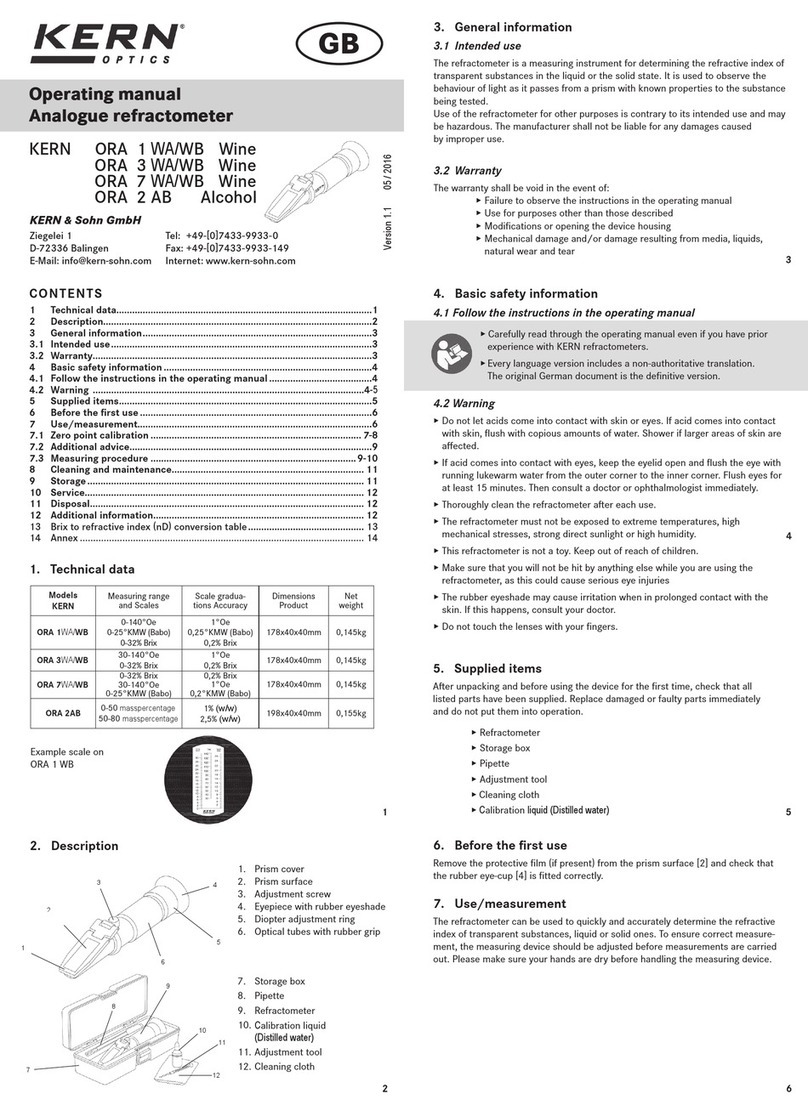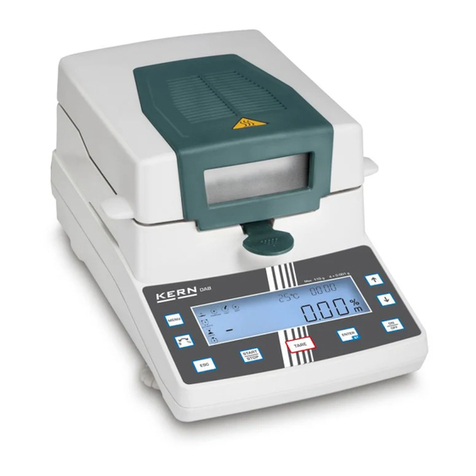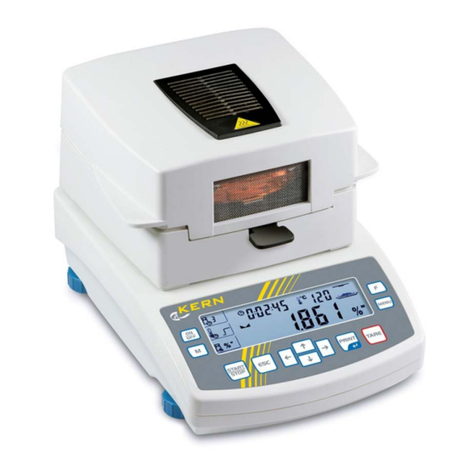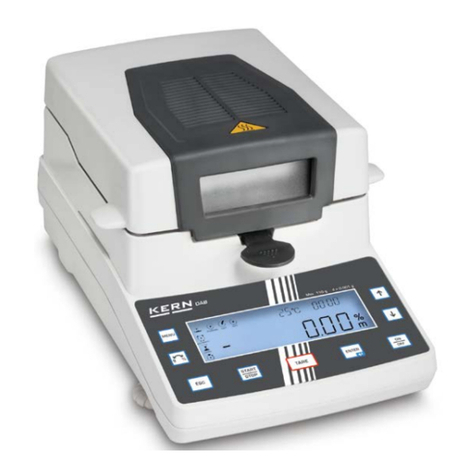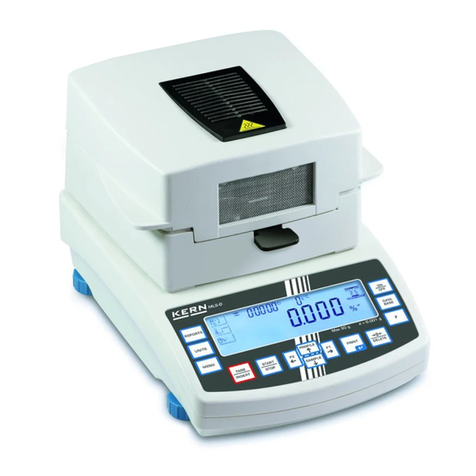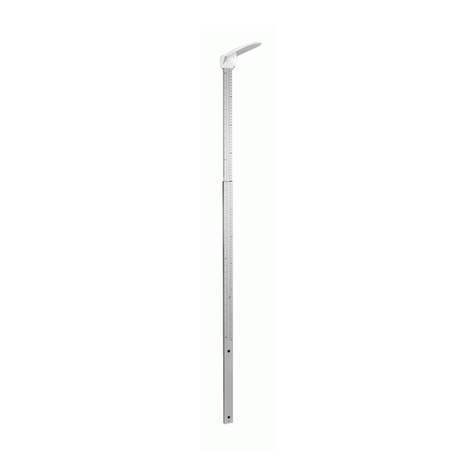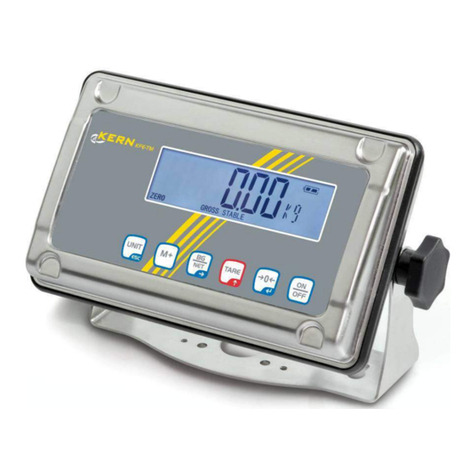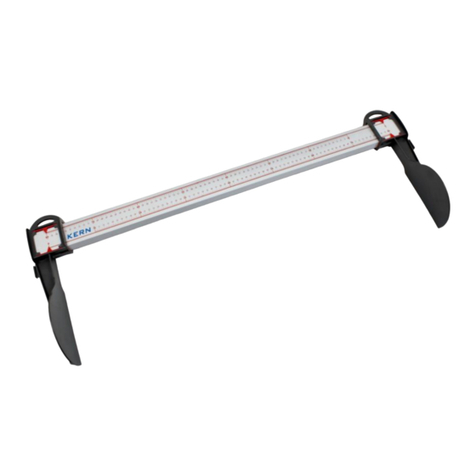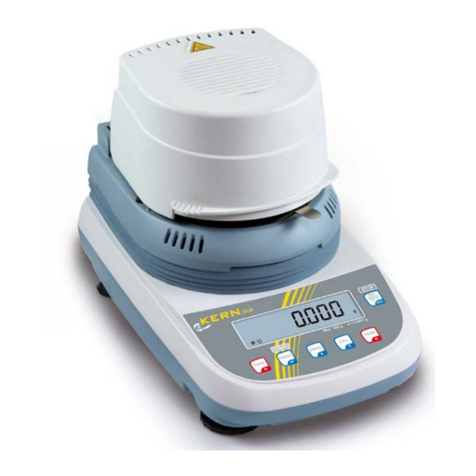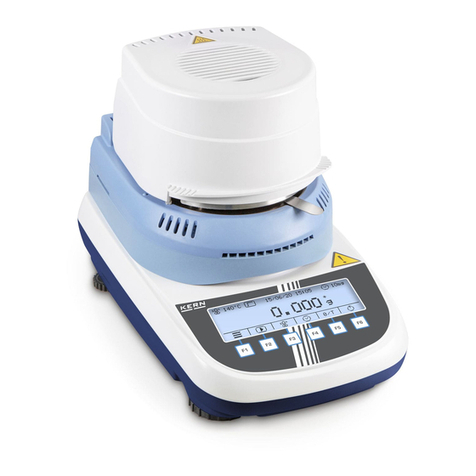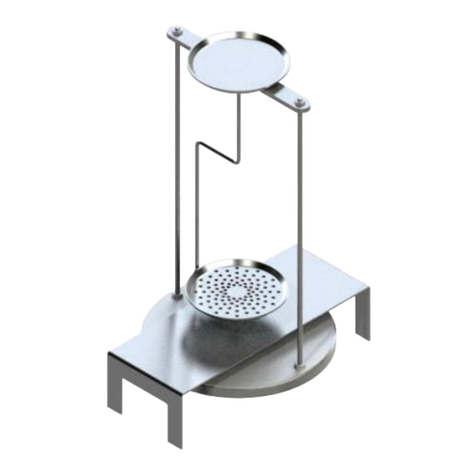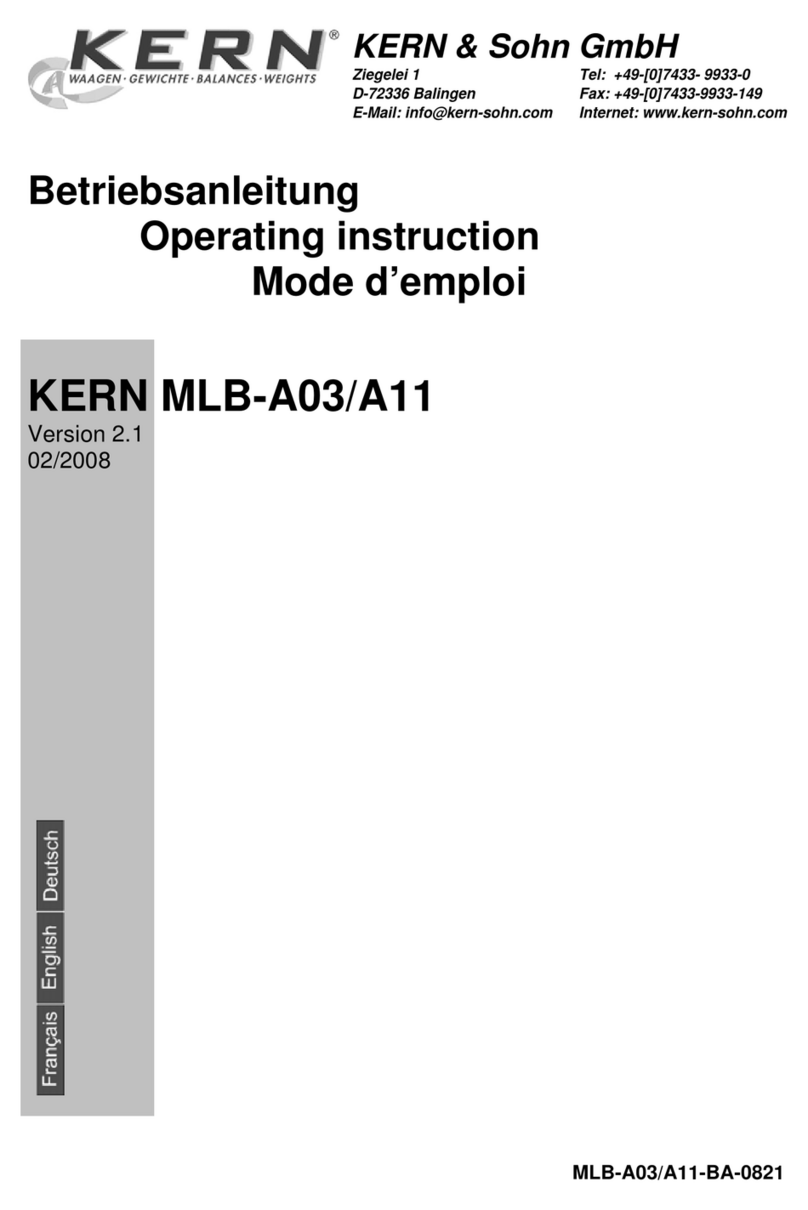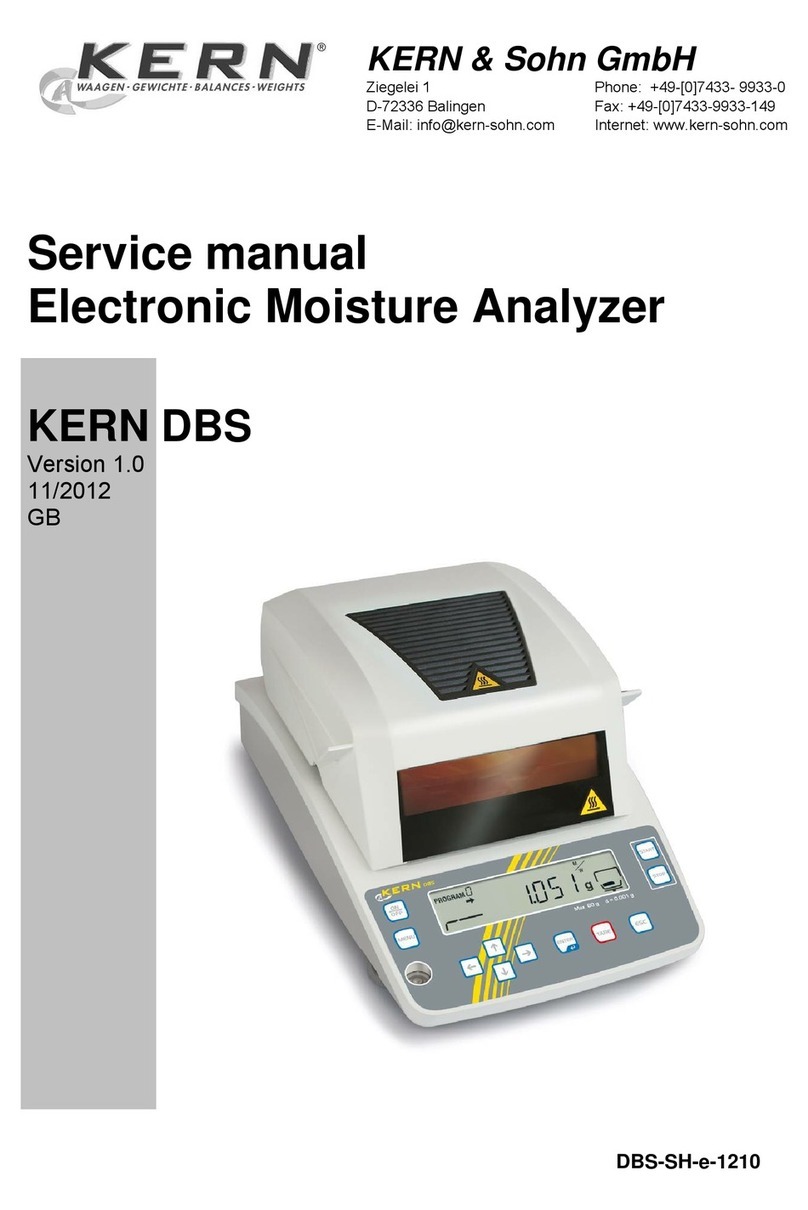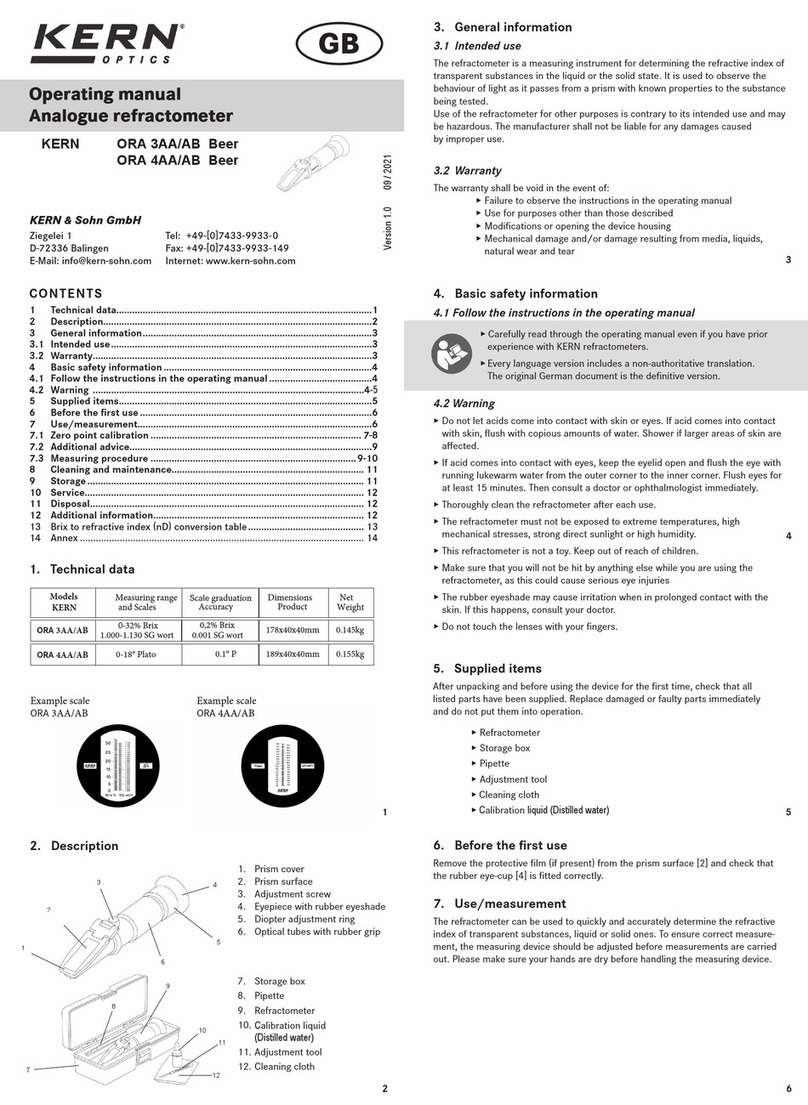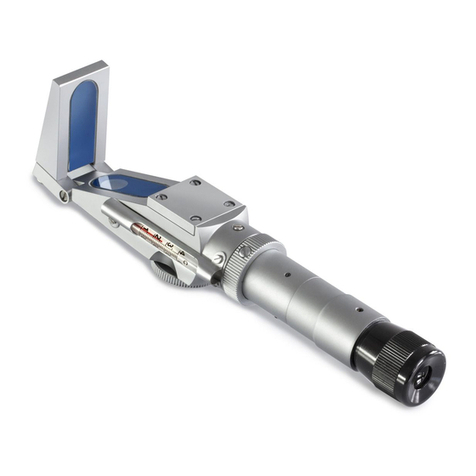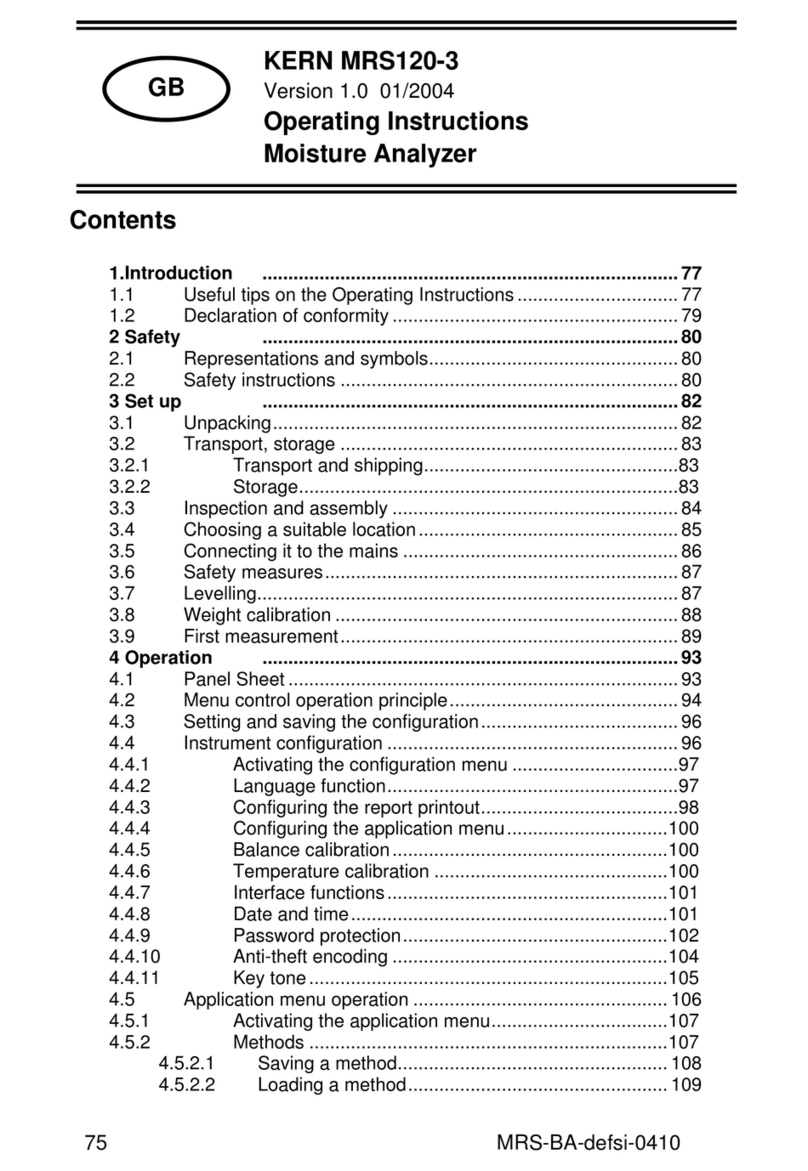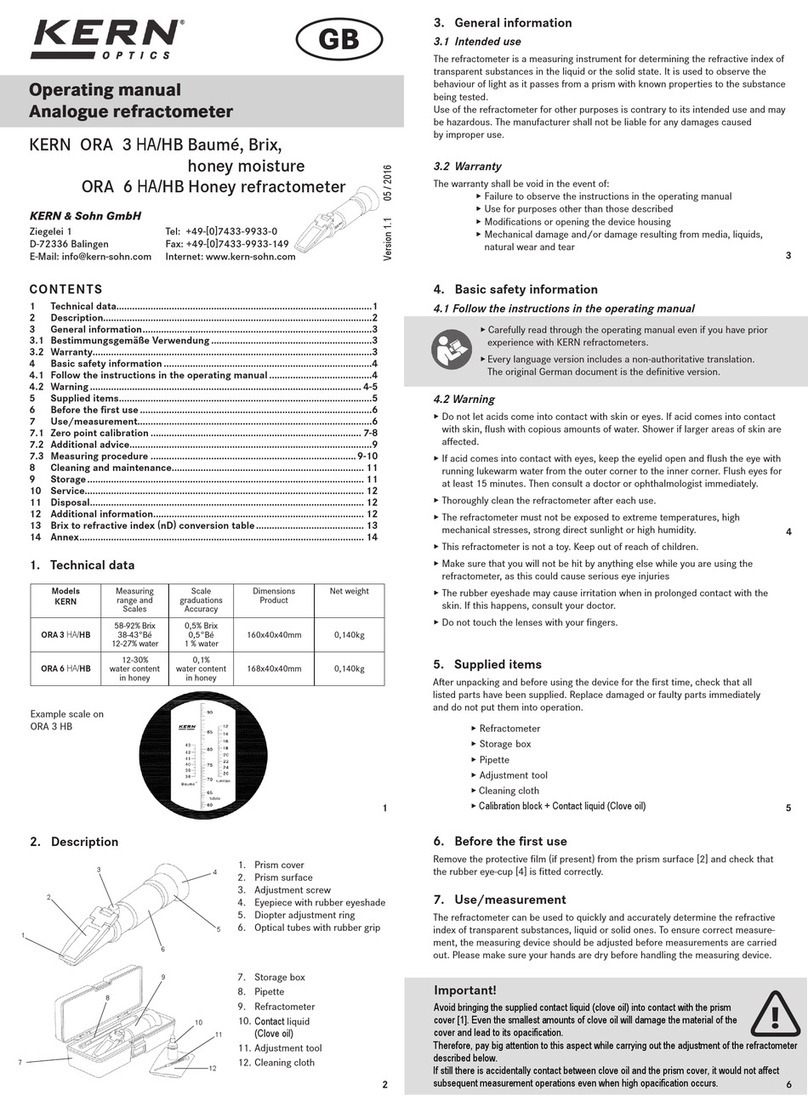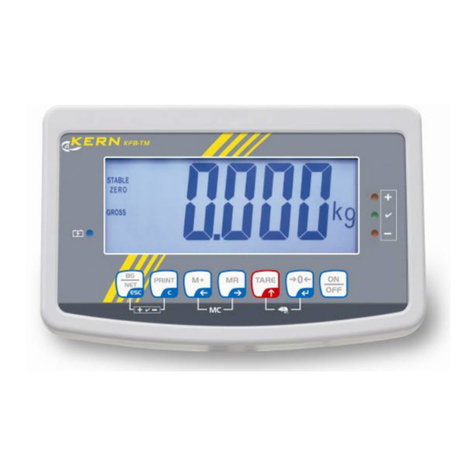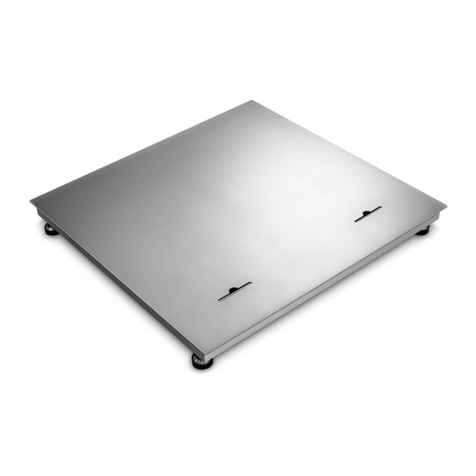MLB50-3-BA-defsi-0310 29
7Moisture determination _________________________________________________ 38
7.1 Use ___________________________________________________________________ 38
7.2 Sample material ________________________________________________________ 38
7.3 Sample preparation _____________________________________________________ 38
7.4 Drying temperature _____________________________________________________ 39
7.5 Application table (recommendations) ______________________________________ 40
7.6 Temperature calibration / adjustment______________________________________ 41
8Setting the parameters __________________________________________________ 42
8.1 Temperature correction on “SubSt“ test object ______________________________ 43
8.1.1 Setting the correction factor ____________________________________________________ 44
8.2 Modes “modE“ _________________________________________________________ 45
8.3 Maximum drying time “IntEr“ ___________________________________________ 46
8.4 Drying temperature “tEmP“______________________________________________ 46
8.5 Data query time interval “Strob“ __________________________________________ 46
9Operation ____________________________________________________________ 46
9.1 Control elements _______________________________________________________ 46
9.1.1 Overview of the keyboard______________________________________________________ 46
9.1.2 Overview of the display screen __________________________________________________ 47
9.2 Operation _____________________________________________________________ 47
9.2.1 Weighing___________________________________________________________________ 47
9.2.2 Taring ( key) ___________________________________________________________ 48
9.3 Determination of humidity _______________________________________________ 49
9.3.1 Test accuracy________________________________________________________________ 50
10 RS232 serial interface ________________________________________________ 51
10.1 Print format ___________________________________________________________ 51
10.2 Changing languages_____________________________________________________ 53
11 Maintenance, upkeep, disposal _________________________________________ 53
11.1 Cleaning ______________________________________________________________ 53
11.2 Maintenance, upkeep____________________________________________________ 53
11.3 Disposal _______________________________________________________________ 53
12 Troubleshooting _____________________________________________________ 54
